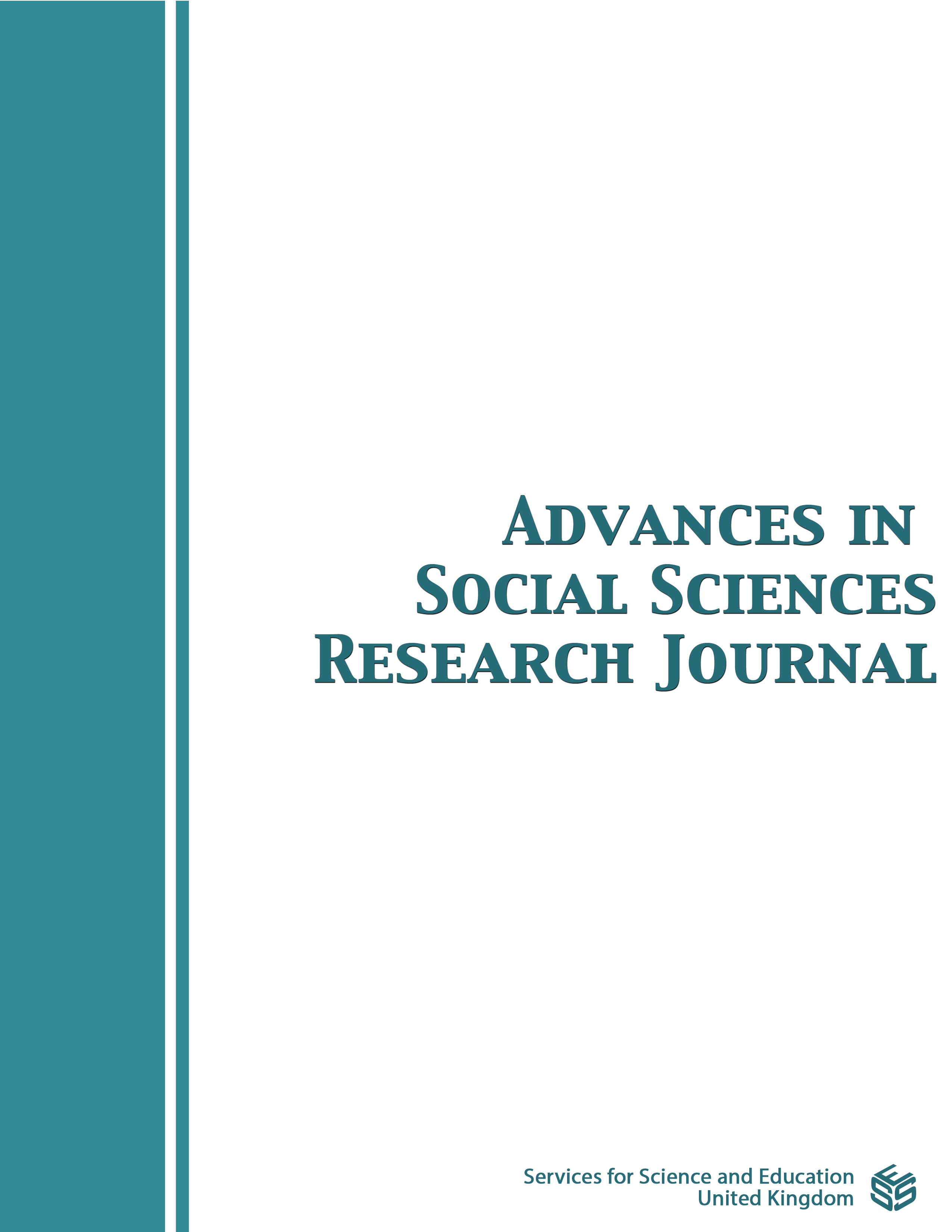Shanfara the Tramp Between the Truth and Myth
DOI:
https://doi.org/10.14738/assrj.94.12092Keywords:
Shanfara the tramp, Myth or Historical truth, Pre-Islamic poetry, Mirror of Arab life in pre-Islamic era.Abstract
We chose this topic because the stories told about Shanfara do not always agree with his poems, but are closer to being a picture of the popular legends that abounded about the heroes of the pre-Islamic era than being some true news, but there are several narrations that shed light on this fact that Shanfara grew up outside his people, as he moved or was transferred as a young boy to the other people, namely Banu Shabana b. Fahm, then he moved or transferred from them to Banu Salāmān b. Mufarrij, who were from the tribe of ʼAzd, and that his life in this mobility was not the life of pride that was enjoyed by the sons of the tribe and clan, but rather the life of intruders on the people, so he declared his revolution against the tribe and left them to the other people who were more honorable than them, the people who were not human, but were the beasts that he found to them what he lacked among his people. Hence, he chose the direction to the tramp, and cutting off the road. The aim of this study is to defend the existence of pre-Islamic poetry and respond to those who doubt the validity of the ratio of pre-Islamic poetry before Islam. The method used in this study is the historical descriptive method, which depends on the narrations of the narrators and the interpretation of heretical literary texts, which is always being useful in studying such topics.
Downloads
Published
How to Cite
Issue
Section
License
Copyright (c) 2022 Salahuddin Mohd. Shamsuddin

This work is licensed under a Creative Commons Attribution 4.0 International License.
Authors wishing to include figures, tables, or text passages that have already been published elsewhere are required to obtain permission from the copyright owner(s) for both the print and online format and to include evidence that such permission has been granted when submitting their papers. Any material received without such evidence will be assumed to originate from the authors.






